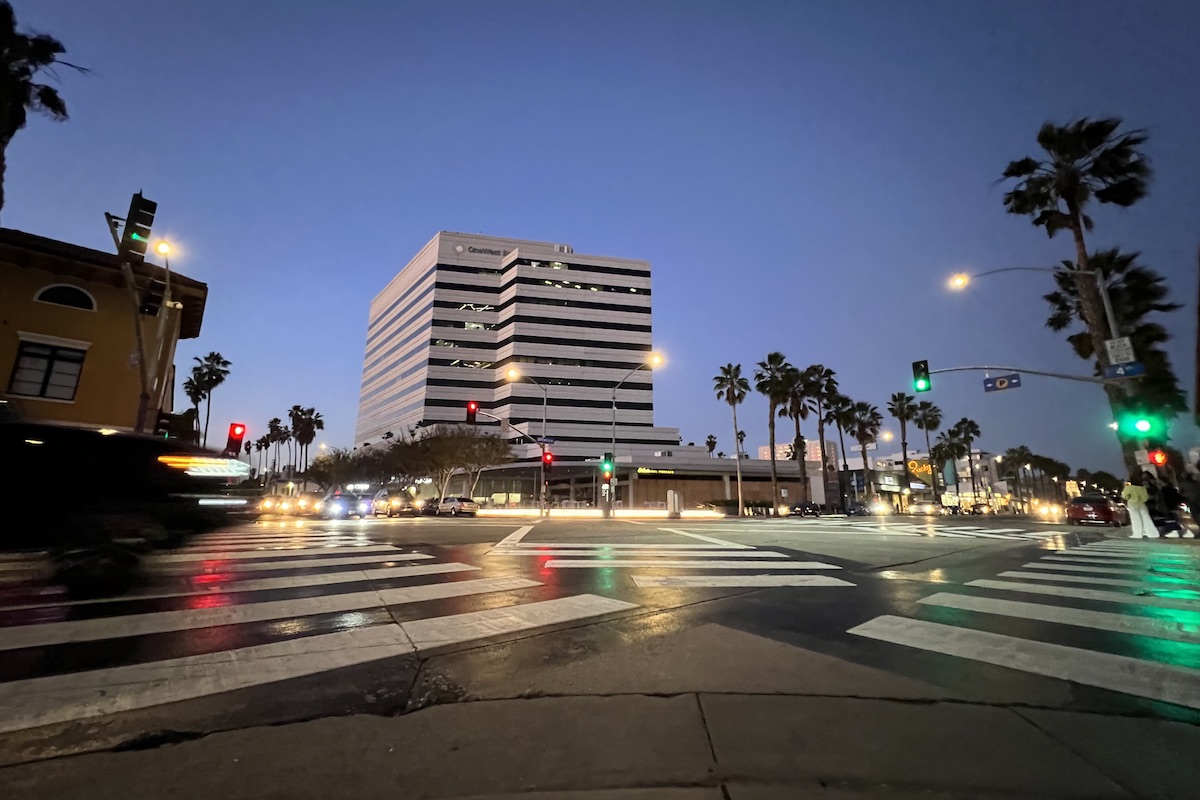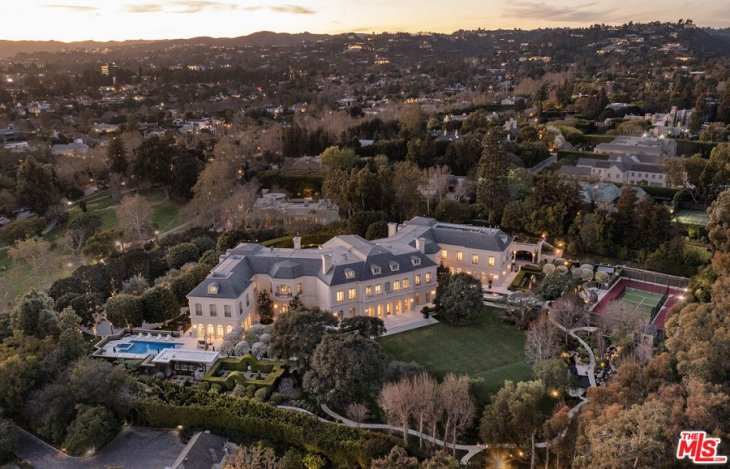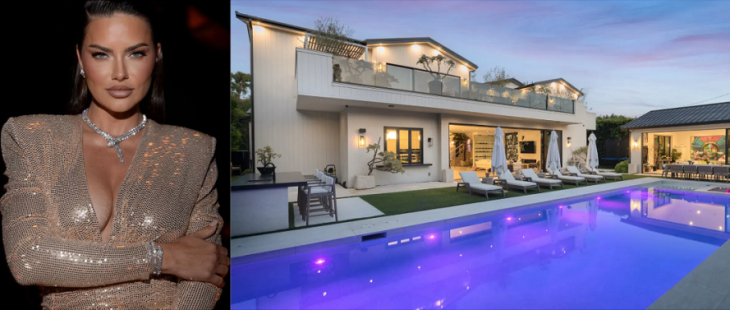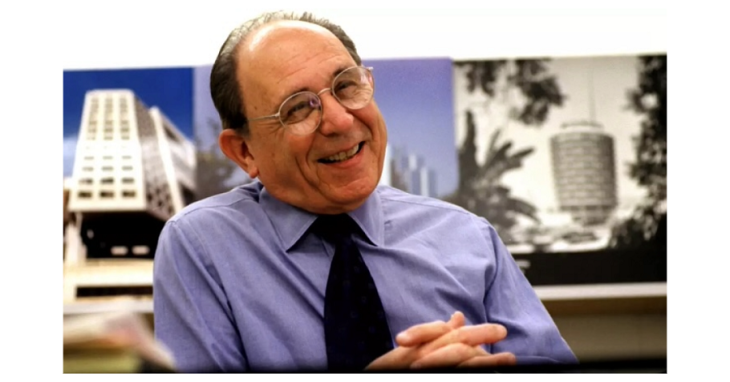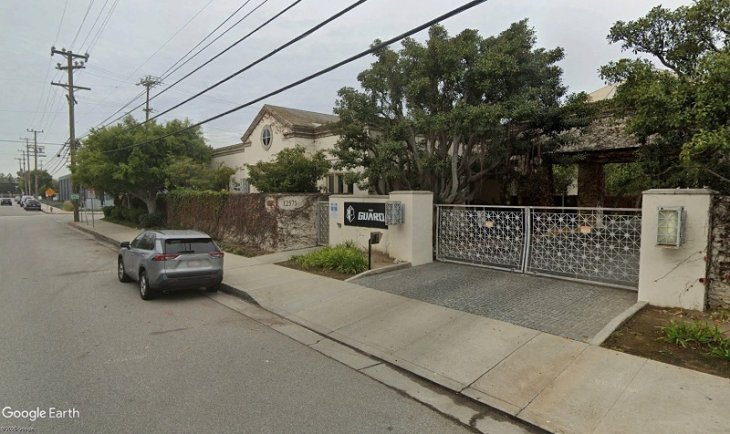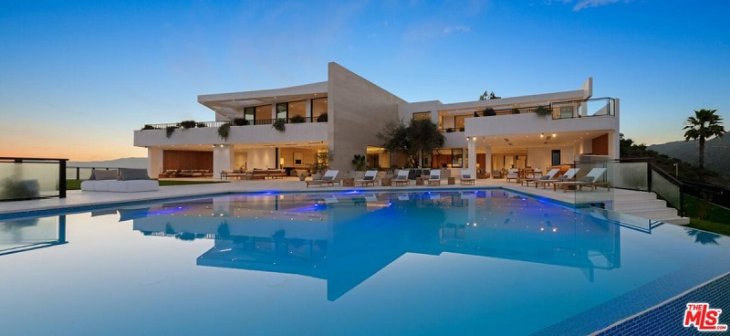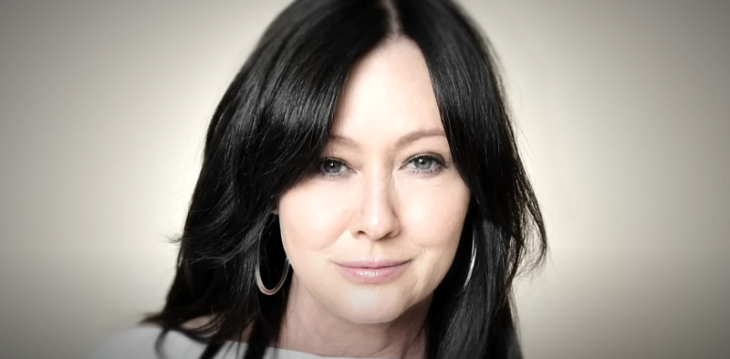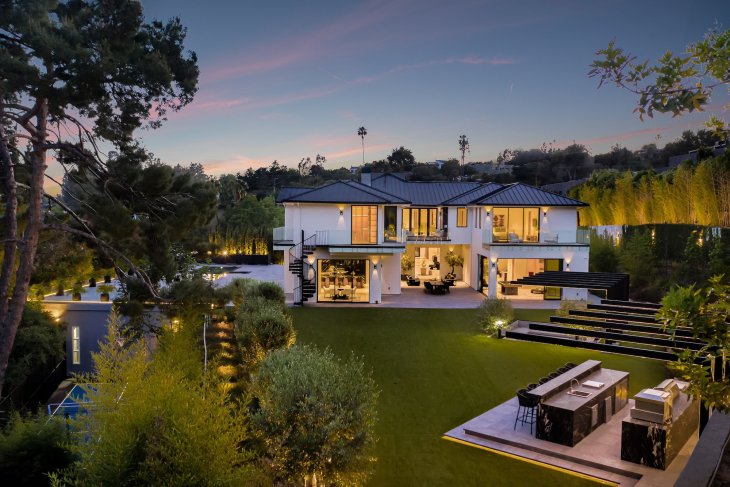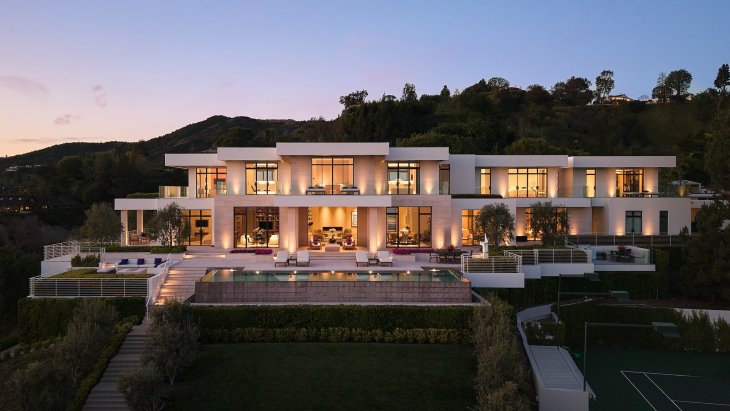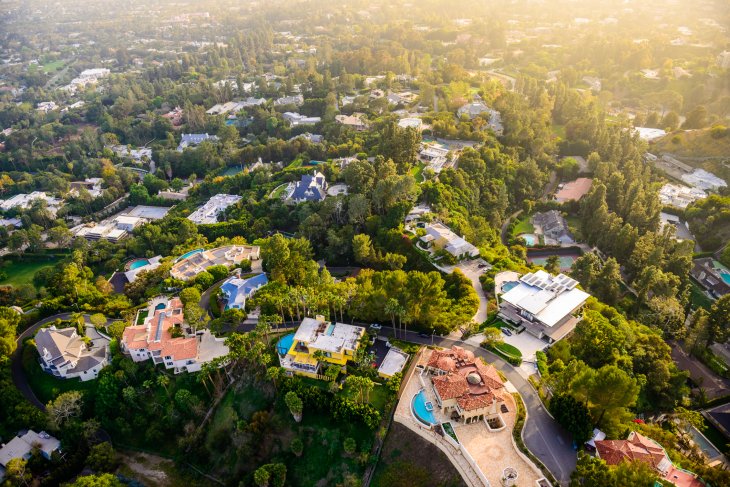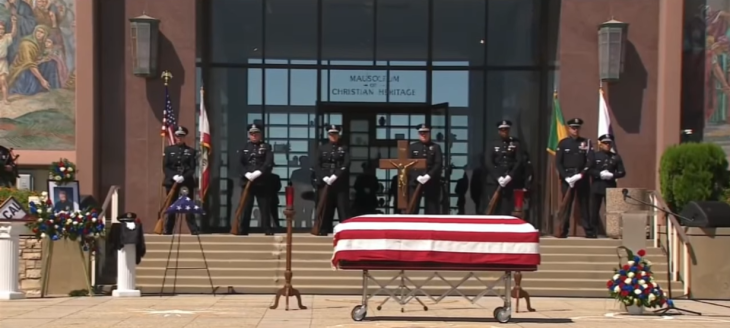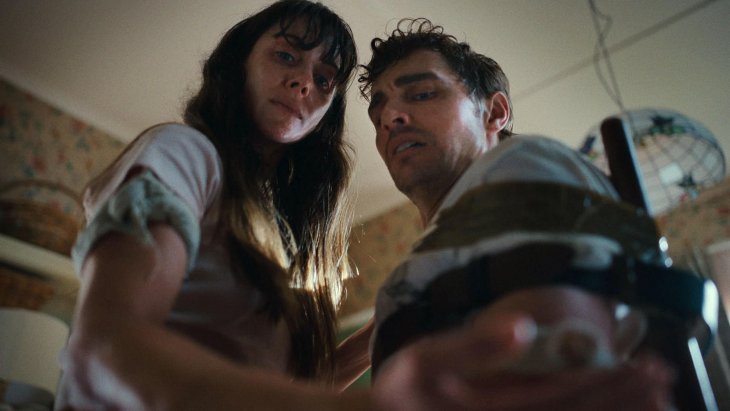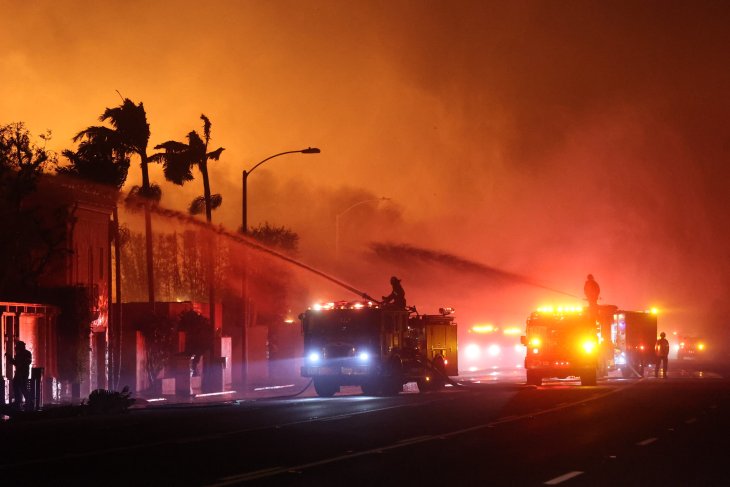
I promised in my last column I would lay off Mike Bonin for a while. I will honor that and wish him well with respect to dealing with mental health issues. My family has been affected by this, and I know the pain is real for all involved.
While I’ll say no more about Mike Bonin in this column, I do want to continue to drill down on the issue of homelessness.
A fellow columnist for the Mirror Media Group, Thomas Elias, often writes about housing issues. He has put forward an interesting idea that doesn’t get enough attention: What if we used empty office buildings or commercial properties and converted those into housing?
As we shift toward a Zoom economy and more and more of us shop online, maybe we don’t need as many office buildings and retail outlets as we did before. I see a lot of “for lease” signs these days.
I’m not talking shelter for the homeless – at least not yet – but rather, housing for people with sufficient incomes. Office buildings would be converted into condos and apartments.
It is often said, one of the most important things we can do to reduce homelessness is to prevent it in the first place. We have a housing shortage in LA, so if we converted commercial buildings into residential, that would take some of the pressure off and maybe help make housing more affordable. That will help keep people housed.
If the owner of a building wanted to sell it outright, maybe that building could be used to provide shelter for homeless individuals, as well. Maybe there’s an empty building here and there that could be used to provide shelter for the homeless. Maybe a landlord would happily rent or lease to the city and let the city build shelter within.
There would still be the issue of NIMBYism: Surely other businesses and residents close by would object to this idea. But any and all ideas need to be considered.
Nobody thinks spending $750K to $1M per permanent housing unit is a good use of money (except maybe those building the units). Maybe this sounded good once upon a time, but now we see how few units are getting built – and how long they take to build. Meanwhile, our homeless population grows.
I have always thought erecting tiny homes was the way to go. A tiny home costs $10K, but some are single units and some are double. When you add in the extra costs of bathrooms, laundry, utilities, etc., the cost per bed is $20K “all in.”
I have talked to homeless individuals now living in tiny homes. They are very happy to be off the streets. What they really like is having a place all their own where they can lock the door. Nobody poses a danger at night; during the day, they can leave all their belongings inside the tiny home, lock the door, and not worry about theft.
Another idea for your consideration: I have talked to Dr. Jody Rawles, a psychiatrist who specializes in the really tough mental health cases. He’s a professor at UC Irvine. Dr. Rawles says one of the big issues nobody talks about is the lack of community mental health facilities.
In the olden days, we had huge psychiatric hospitals, which many thought were cruel and unusual. These facilities were viewed as warehousing of people. Many of these patients, it was thought, might do OK back in society, if allowed.
The original plan, back in the seventies, was to build lots of smaller community mental health facilities. But that didn’t happen, and now we have homelessness.
It’s more complicated than that, but many homeless suffer mental health issues and, because there is no place for them, they end up on the streets or in our ERs or jails. Our mental health facilities aren’t equipped to handle the volume.
ERs and jails are maybe the worst form of treatment – and the most costly. Mental health becomes worse, not better. We need, as a society, to build more mental healthcare facilities and then have the will to check people in as needed. For some, it might be a one-way ticket, they are just that far gone.
Like permanent supportive housing, mental health facilities will cost a lot to build and it will take time to build them. And then you have to staff them – psychiatrists, doctors, nurses, orderlies, etc. There isn’t a quick or inexpensive fix to any of this.
But this could be a better use of our developers’ energies, whose help we urgently need. We need to build more housing, not less. But what if, instead of building expensive permanent supportive housing units, we shifted gears and asked our developers to build community mental health facilities, instead? Maybe some of these facilities could be built inside existing commercial buildings.
We’d face essentially the same question, posed above. How will locals feel about having mental health facilities in their midst? There will always be the fear that some “crazy person” will break out and do something terrible.
If the vast majority of citizens really can’t tolerate the idea of homeless people with mental health and addiction issues in their midst, that argues for big outdoor facilities in places outside the city. The City of Los Angeles just happens to own 17,500 acres in Palmdale. This land was purchased in 1968 for the purpose of building an airport that never got built. But we still own all this land. It could be used to do something dramatic, like build a FEMA-like village made out of huge tents – and several mental health facilities.
As we all dig in and realize how hard it will be to find places for the homeless on small parcels throughout the city, doing something big and dramatic could soon be viewed as an increasingly realistic option. As draconian as that might sound, isn’t this better than allowing the homeless to continue to live on the streets year after year?
As a community, we are all much more educated about homelessness today than we were a year ago. We understand the complexities and the tradeoffs better. The grim realities are sinking in. It’s clear the political winds are shifting. People are ready to try something new.
Let’s keep exploring. Together we’re going to figure this out. Got thoughts? Send me an email at jeffhall@mirrormediagroupla.com.

